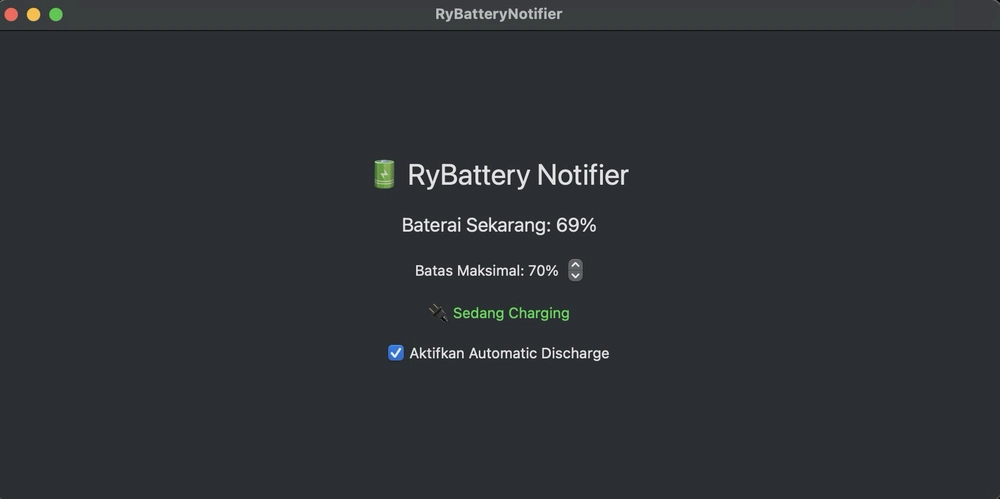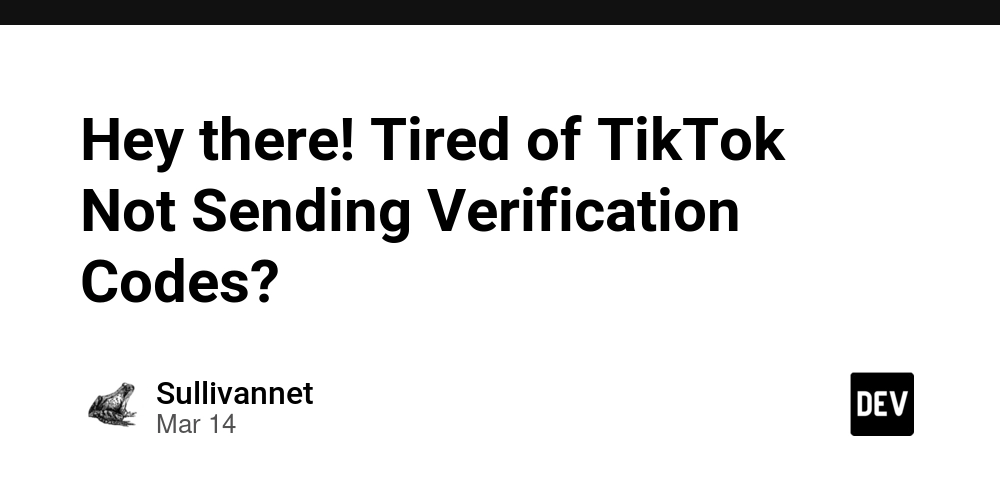Your cancel button could now get you a 10% global revenue fine
As of 6 April 2025, the UK’s Competition and Markets Authority (CMA) will have the power to directly fine companies that fail to comply with the Digital Markets, Competition and Consumers Act 2024 (DMCCA). Penalties can reach up to 10% of global annual turnover or £300,000, whichever is higher. For subscription-based businesses, the stakes around UX design, accessibility, and cancellation flows have never been higher. In this series, we’ll break down the new compliance areas that could impact your business — and how to stay ahead of them. Part 1: Subscription traps We’ve all seen it — unclear settings, phone calls, hidden links. What was once just bad UX is now a potential legal risk. Section 260 of the DCCMA — Arrangements for consumers to exercise right to end contract (1) A trader must make arrangements to enable a consumer to exercise a right to bring a subscription contract to an end— (a) in a way which is straightforward, and (b) without having to take any steps which are not reasonably necessary for bringing the contract to an end. (4) In relation to a subscription contract entered into online, arrangements under subsection (1) must— (a) enable a consumer to bring the contract to an end online, and (b) ensure that instructions for doing so are displayed online in a place or places that a consumer seeking to end the contract is likely to find them. We have identified 5 UX dark patterns that could potentially put your business at risk from the above legislation. Hidden cancellation options Forced contact (e.g. phone or email) Guilt-tripping or manipulative language Excessive confirmation steps Penalties or artificial delays Let’s break them down: Hidden cancellation options

As of 6 April 2025, the UK’s Competition and Markets Authority (CMA) will have the power to directly fine companies that fail to comply with the Digital Markets, Competition and Consumers Act 2024 (DMCCA).
Penalties can reach up to 10% of global annual turnover or £300,000, whichever is higher. For subscription-based businesses, the stakes around UX design, accessibility, and cancellation flows have never been higher.
In this series, we’ll break down the new compliance areas that could impact your business — and how to stay ahead of them.
Part 1: Subscription traps
We’ve all seen it — unclear settings, phone calls, hidden links. What was once just bad UX is now a potential legal risk.
Section 260 of the DCCMA — Arrangements for consumers to exercise right to end contract
(1) A trader must make arrangements to enable a consumer to exercise a right to bring a subscription contract to an end—
(a) in a way which is straightforward, and
(b) without having to take any steps which are not reasonably necessary for bringing the contract to an end.(4) In relation to a subscription contract entered into online, arrangements under subsection (1) must—
(a) enable a consumer to bring the contract to an end online, and
(b) ensure that instructions for doing so are displayed online in a place or places that a consumer seeking to end the contract is likely to find them.
We have identified 5 UX dark patterns that could potentially put your business at risk from the above legislation.
- Hidden cancellation options
- Forced contact (e.g. phone or email)
- Guilt-tripping or manipulative language
- Excessive confirmation steps
- Penalties or artificial delays
Let’s break them down:
Hidden cancellation options











































































































































































![[The AI Show Episode 144]: ChatGPT’s New Memory, Shopify CEO’s Leaked “AI First” Memo, Google Cloud Next Releases, o3 and o4-mini Coming Soon & Llama 4’s Rocky Launch](https://www.marketingaiinstitute.com/hubfs/ep%20144%20cover.png)


































































































































![From fast food worker to cybersecurity engineer with Tae'lur Alexis [Podcast #169]](https://cdn.hashnode.com/res/hashnode/image/upload/v1745242807605/8a6cf71c-144f-4c91-9532-62d7c92c0f65.png?#)
























![BPMN-procesmodellering [closed]](https://i.sstatic.net/l7l8q49F.png)























































































































_Tanapong_Sungkaew_via_Alamy.jpg?width=1280&auto=webp&quality=80&disable=upscale#)

_Andreas_Prott_Alamy.jpg?width=1280&auto=webp&quality=80&disable=upscale#)






























































































![Apple highlights Apple Intelligence ‘Clean Up’ feature in new ad [Video]](https://i0.wp.com/9to5mac.com/wp-content/uploads/sites/6/2025/04/apple-intelligence-clean-up.jpeg?resize=1200%2C628&quality=82&strip=all&ssl=1)

![CMF Phone 2 Pro has a dual-tone design and improved camera in latest teasers [Gallery]](https://i0.wp.com/9to5google.com/wp-content/uploads/sites/4/2025/04/cmf-phone-2-pro-camera-tease.jpg?resize=1200%2C628&quality=82&strip=all&ssl=1)

![Lenovo shows off its next 8.8-inch Legion Tab with vague AI promises [Gallery]](https://i0.wp.com/9to5google.com/wp-content/uploads/sites/4/2025/04/lenovo-legion-tab-y700-2025-1.jpg?resize=1200%2C628&quality=82&strip=all&ssl=1)












![Samsung Targets Late 2026 Launch for Advanced Texas Chip Fab Following Delays [Report]](https://www.iclarified.com/images/news/97073/97073/97073-640.jpg)

![Apple Shares Official Trailer for 'Long Way Home' Starring Ewan McGregor and Charley Boorman [Video]](https://www.iclarified.com/images/news/97069/97069/97069-640.jpg)
![Apple Watch Series 10 Back On Sale for $299! [Lowest Price Ever]](https://www.iclarified.com/images/news/96657/96657/96657-640.jpg)





























![Mobile Legends: Bang Bang [MLBB] Free Redeem Codes April 2025](https://www.talkandroid.com/wp-content/uploads/2024/07/Screenshot_20240704-093036_Mobile-Legends-Bang-Bang.jpg)





































































































